Tucson COVID Tales No. 8: Love in the Pandemic, by Kathleen Williamson

Sometimes I feel like I landed the leading role in an existentialist film. Then, as changeable as the weather in Hamburg, or Chicago, or whatever city enjoys such claims, by afternoon, I’m back to my usual persona: an action hero in a dystopian novel with a spiritually uplifting light at the end of the anthroposcenic tunnel. Five months into my pandemic hermitage, I’m staring at a black postcard on my desk with bold white print that says, “Don’t Be Afraid.” Next to that is one of the last photos of Joanna and me together, taken in our barrio homestead, Villa Grace. It was the second or third time her hair had grown back. I’ve lost count.
Before the pandemic dug in, I was very gratefully absorbed as Joanna’s ally, advocate, company, and spouse as she braved what she called a “breast cancer experience” that metastasized at the end of 2016. We graduated in late 2019 from Banner Cancer Center to Casa de La Luz home hospice. I was tending to my little urban homestead. Liz Fletcher, Vivian Smith, and I were working up a list of pop dance tunes for what was to be a popular local cover band called Kat and the Mehitabels. My law practice was reduced due to Joanna’s health, but still a daily responsibility. Songs I had written over the last few years were in the oven, waiting for some time to get into Duncan Stitt’s studio.
As was typical for Joanna and me, keeping current and (increasingly) concerned about politics and the environment was also time-consuming. And, thankfully, there were the heart-fortifying rehearsals and Sunday worship gatherings with the Southside Presbyterian gospel choir, led by Dorothy Reid, in which I sang tenor. As Joanna’s culinary palette narrowed due to chemo and radiation, she came to depend on the pizza at Time Market, where we loved to dine together.
In January 2020, news of the virus in Wuhan as a potential pandemic made its way to Tucson and for the first time in many years, due to Joanna’s compromised condition, I decided to avoid the Gem Show and annual visits with my dealer friends from Bali. I stopped taking any new cases and stopped visiting clients in the prisons.
Joanna died at home on February 20. Per plans that she approved, she was waked and buried at our home on February 22. It was an amazing gathering of locals who knew Joanna as a friend, professor of art, artist, writer, and yogini, and as my wife. Her sister from Missouri, and old friends from Nevada, California, and Illinois flew in. I could namedrop here but won’t except to say how grateful I am for all those who came to the house and brought food, music, good spirits, prayers, and helped create a good old-fashioned personable, simple, noncommodified, organic, Irish wake.
Joanna died just in the nick of time because the pandemic came up fast on the heels of that gathering. If it were a week later, the wake probably wouldn’t have happened. At the wake, I jokingly warned all my friends that for the next few months I was going to be a whore for hugs, little realizing hugs were going to disappear off the face of the planet before I could change the page on the monthly calendar. In hindsight, we see early March super-spreader funeral events were happening in the United States. Mrs. Reid’s funeral at Southside Presbyterian on March 7 could have been one, but thankfully was not. I sang at that service but ducked out before the final moments to avoid the crowd, many of whom would have wanted to hug and console me. I knew it wasn’t a safe environment for any of us. Some folks thought I was “cray-cray” paranoid, but I was just informed.
From that point on, I was in a trifecta storm of life changes: Joanna was gone and with that all the good and difficult activities, all the great conversation and snuggles, as well as all the endless medical and/or hospice appointments and caretending. My law practice was down to two cases, which have since wrapped up, and the Pandemic caused a shutdown of personal social life and live cultural events. Since March, I can count on one hand the friends with whom I have visited, always outdoors, usually with masks. My dress and professional clothes are gathering dust. Band practice ceased. The church finally stopped gathering in person, and Zoom sucks for performing music.
Like a lot of privileged folks who aren’t in dire financial straits, I have found my inner introvert (people who know me would be shocked to hear this). Regardless of the three big time demands suddenly being gone, however, aside from obsessive doom scrolling, the days are richly active and stimulating. I’ve got about twenty books cracked open and read whatever I like whenever I like. Among the novels, I especially liked The Silence of the Girls by Pat Barker. The most inspiring media I’ve taken in during the pandemic lockdown is an unedited “On Being” interview with John Donohue (thanks to Simon Donovan, who sent it to me after Joanna’s wake), perfectly timed to our current needs to embrace blessings and beauty. I’ve also been handwriting letters to family and friends, which I’ve wanted to do for years, at a small writing desk situated in the part of the house where there is an internet dead zone.
Whatever happened to the hug whore, you may ask. I haven’t had any real hugs from humans since shortly after that wake. On Easter Saturday, however, within a few hundred feet of (Capricorn) Joanna’s homestead gravesite, my Oberhasli nanny, named Scosee, gave me two kids, uniquely named “Billy” and “Bucky.” They were supposed to be goat chops in about twelve months. After three days of nursing and getting essential colostrum, the greedy kids were masticating poor Scosee’s teats, and I separated them. That entailed ME having to milk Scosee and bottle feed the kids three times a day, which eventually went down to twice a day after about two months.
With the more relaxed pandemic, post-Joanna, almost-retirement pace of life, I was able to just hang out with the little cuties without any concern about the clock and discover from observation and experience, rather than farming books, how very smart, attentive, and heart-meltingly affectionate goats can be when given time and attention. They became friends instead of assets or exotic home-raised organic dinner.
They have been providing lots of entertainment and oxytocin. These wethers—neutered bucks—are now three months old, and I have them trained to be gentle with me, not jumping up or pushing. We take walks in the riverbed of the Santa Cruz, where they are learning to stay with the herd rather than run after some cute jogger on the Loop.
But for the pandemic, more than any other reason, I don’t think I would have had the relaxed time to hang out with the kids to the degree required for a high level of bonding and trust. It’s a gift to experience this and learn. A mature wether can carry about 25 percent of its body weight. Now, with my back not getting any younger, I’m fantasizing a future with goat walking, hiking, and camping with Billy and Bucky as eager pack goats and Scosee Mama feeding us all.
Seasons, calendars, clocks no longer measure the passage of time for me. It rained softly for the full day of Joanna’s wake and burial. Yesterday, for the first time since then—and a whole month after the Fiesta de San Juan, the official calendar start of the monsoon—we finally got real rain again, the first monsoon rain.
Blessings noticed are marking time now.
Kathleen Williamson is a Tucson-based musician, songwriter, organic farmer, anthropologist, and attorney.








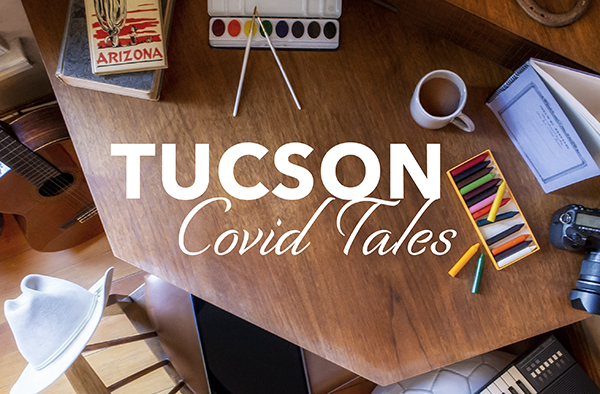
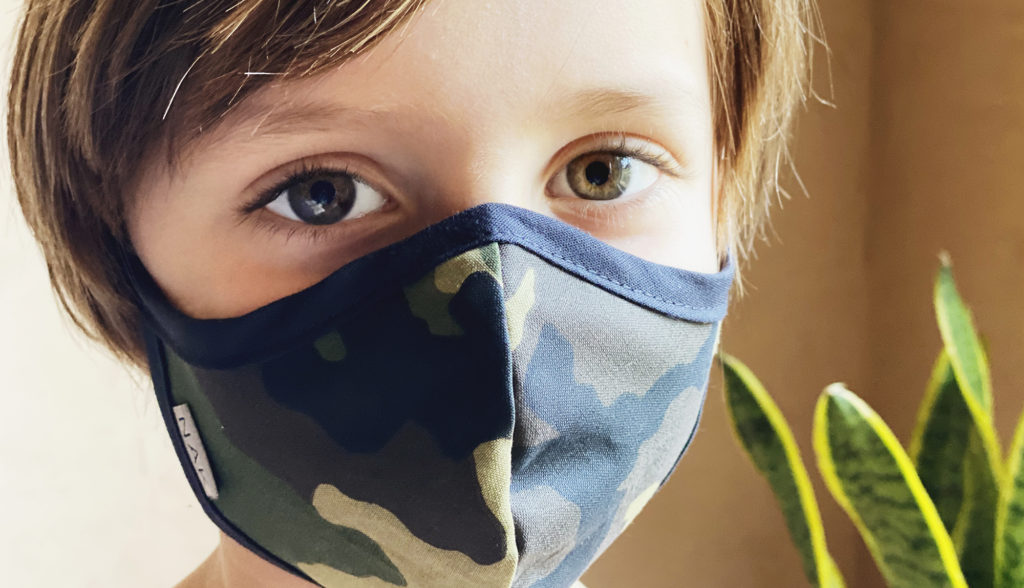
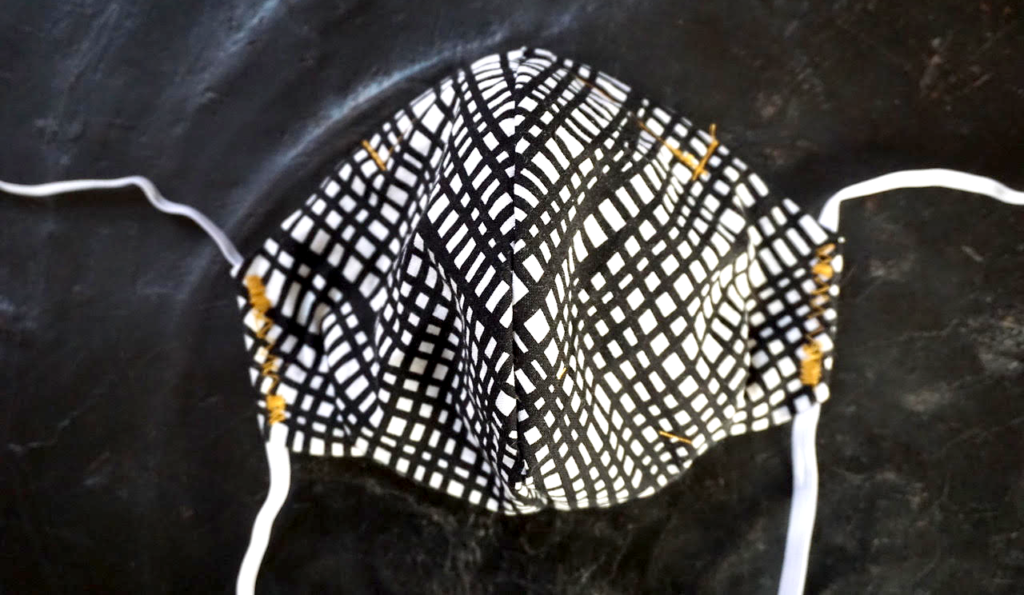
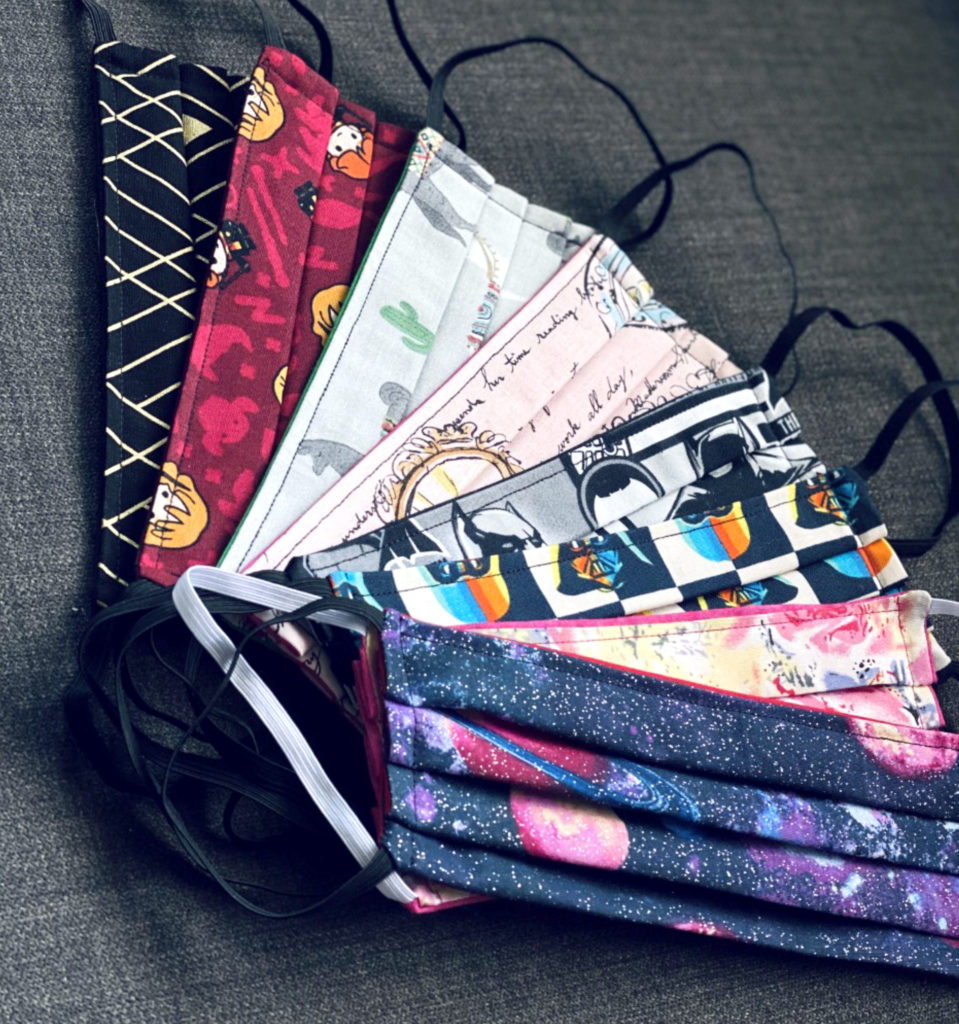
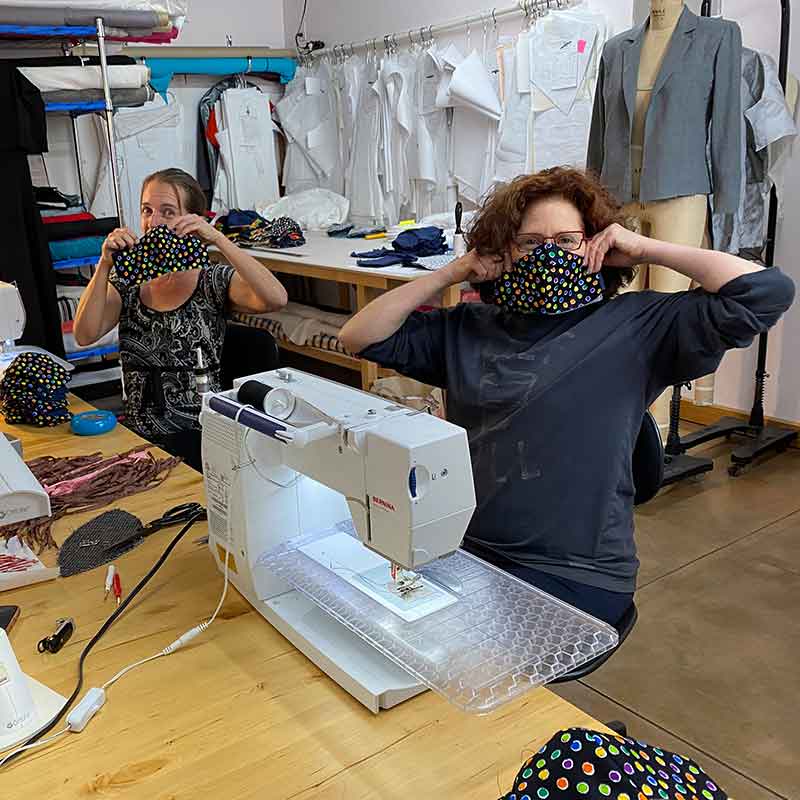

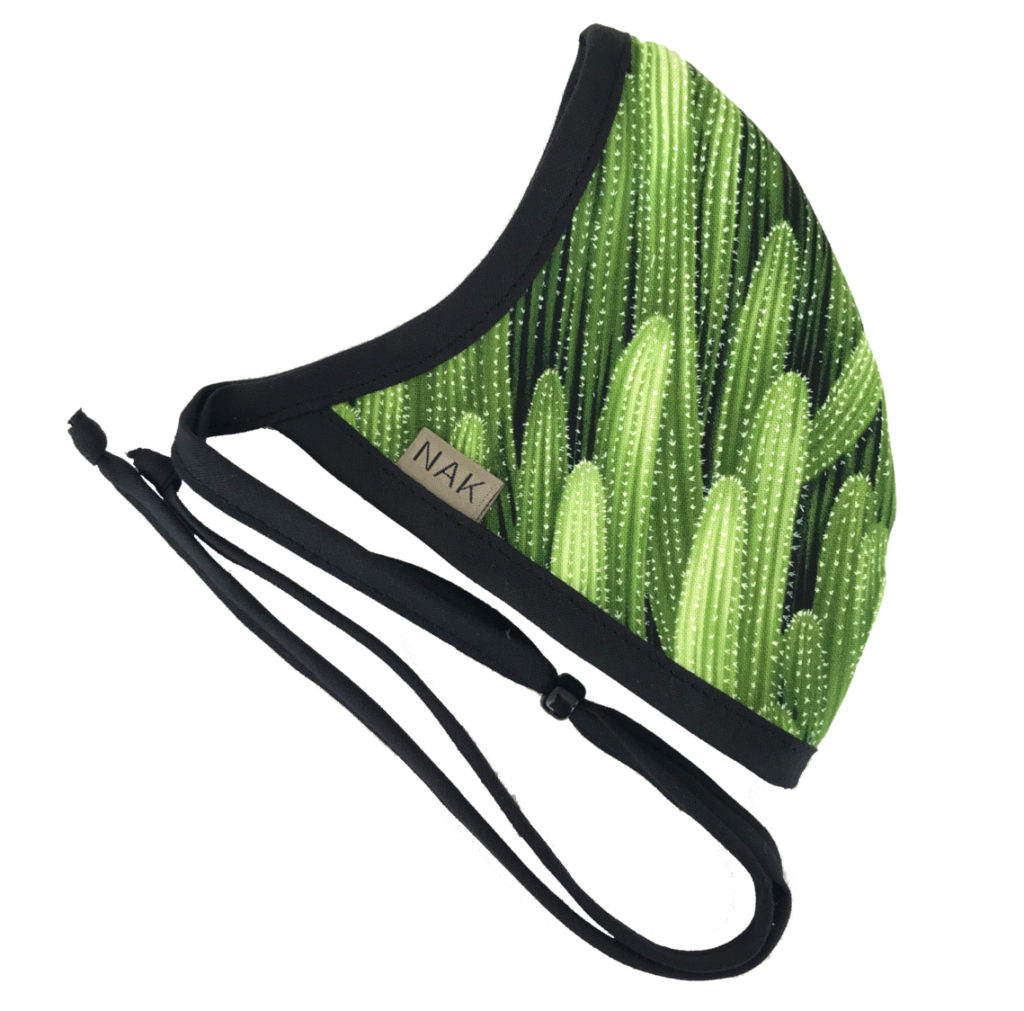
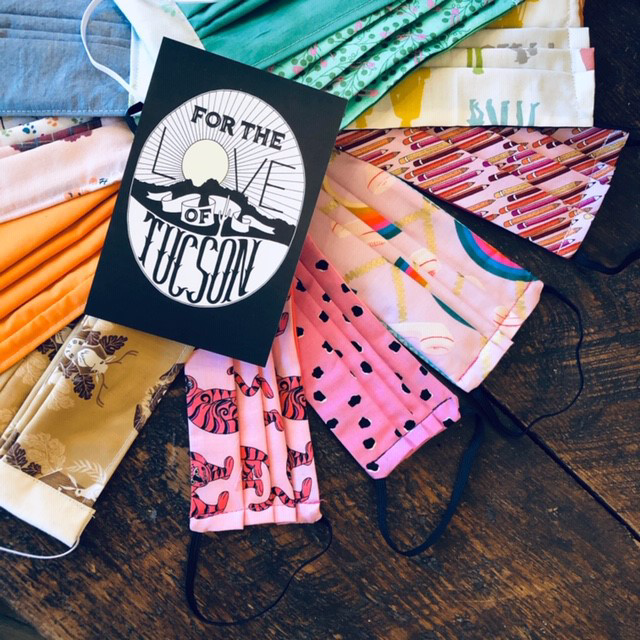
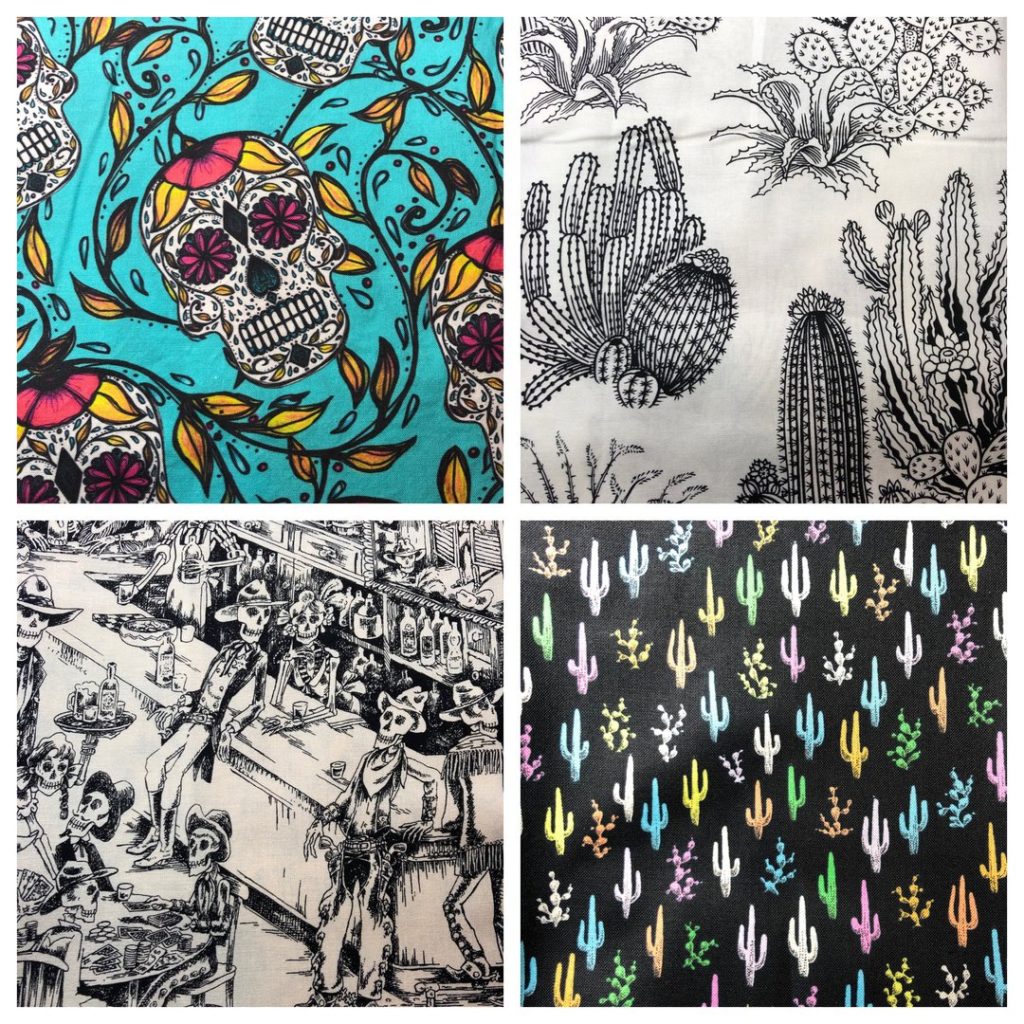
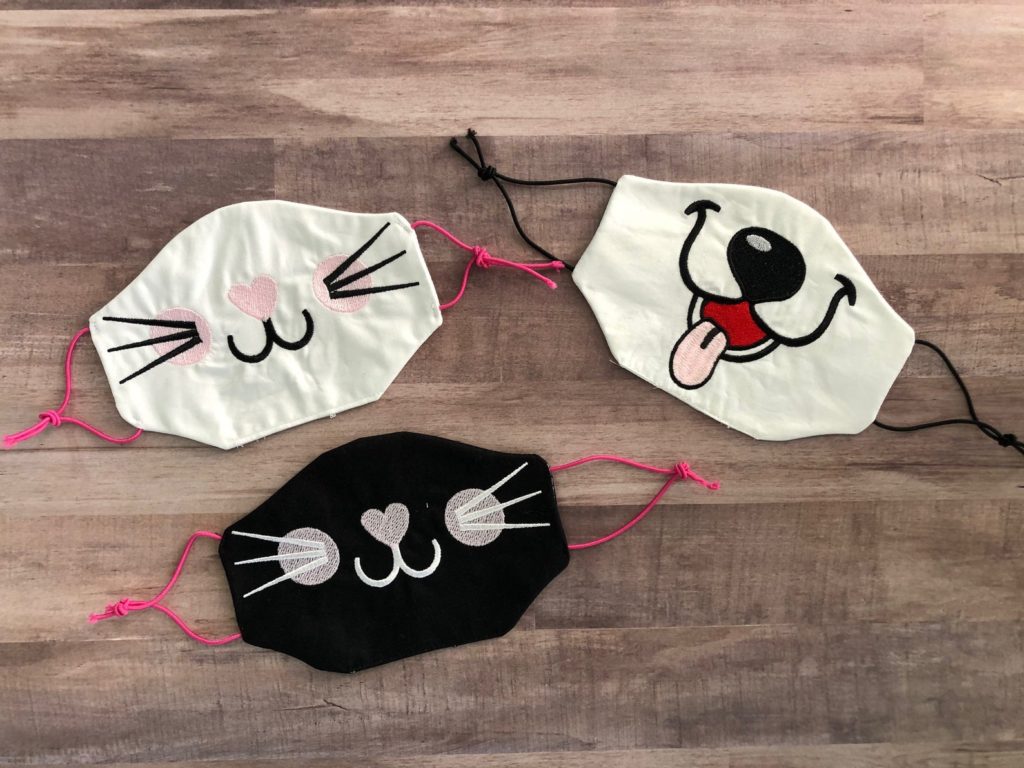
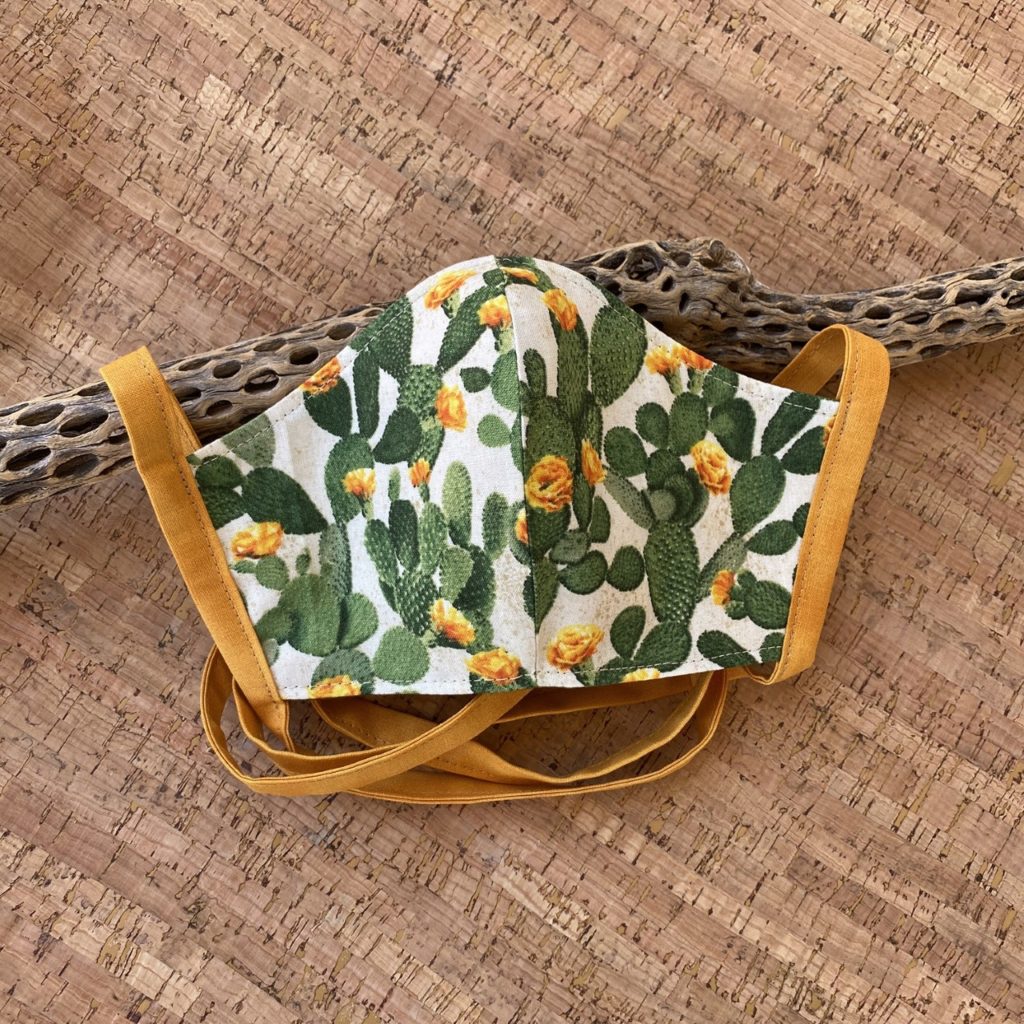

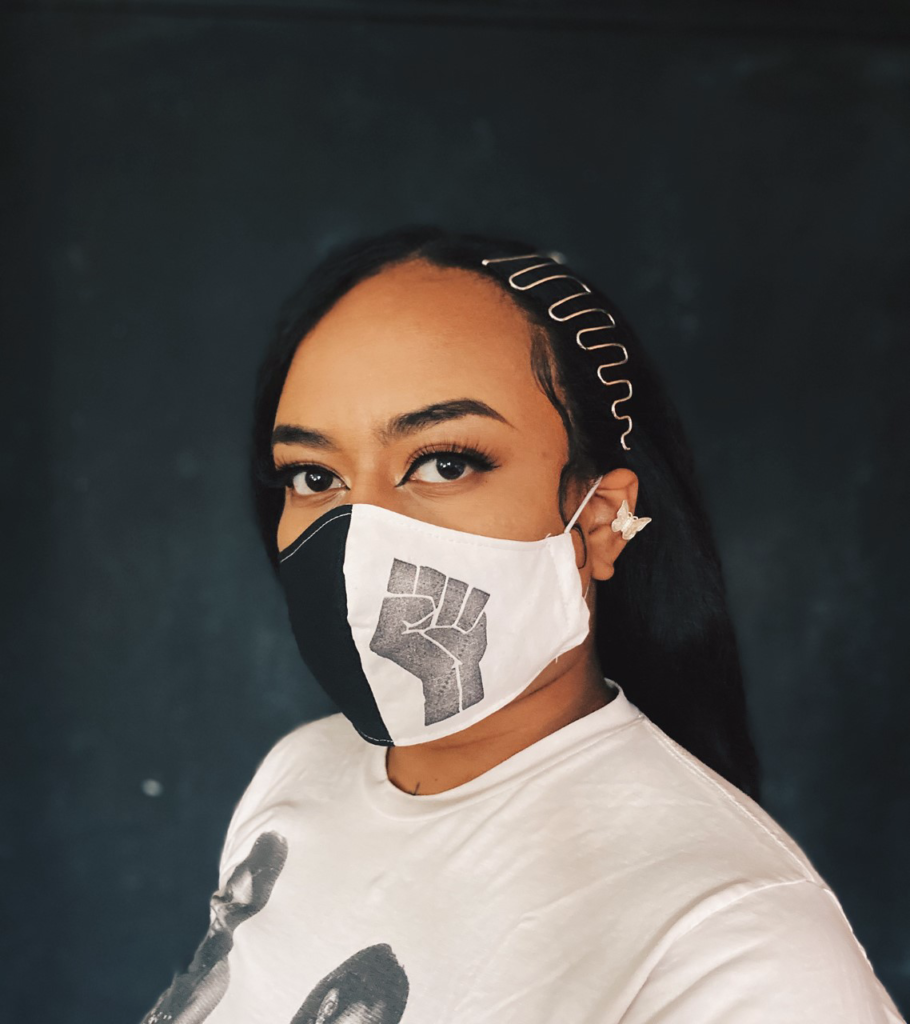




Also find us on...